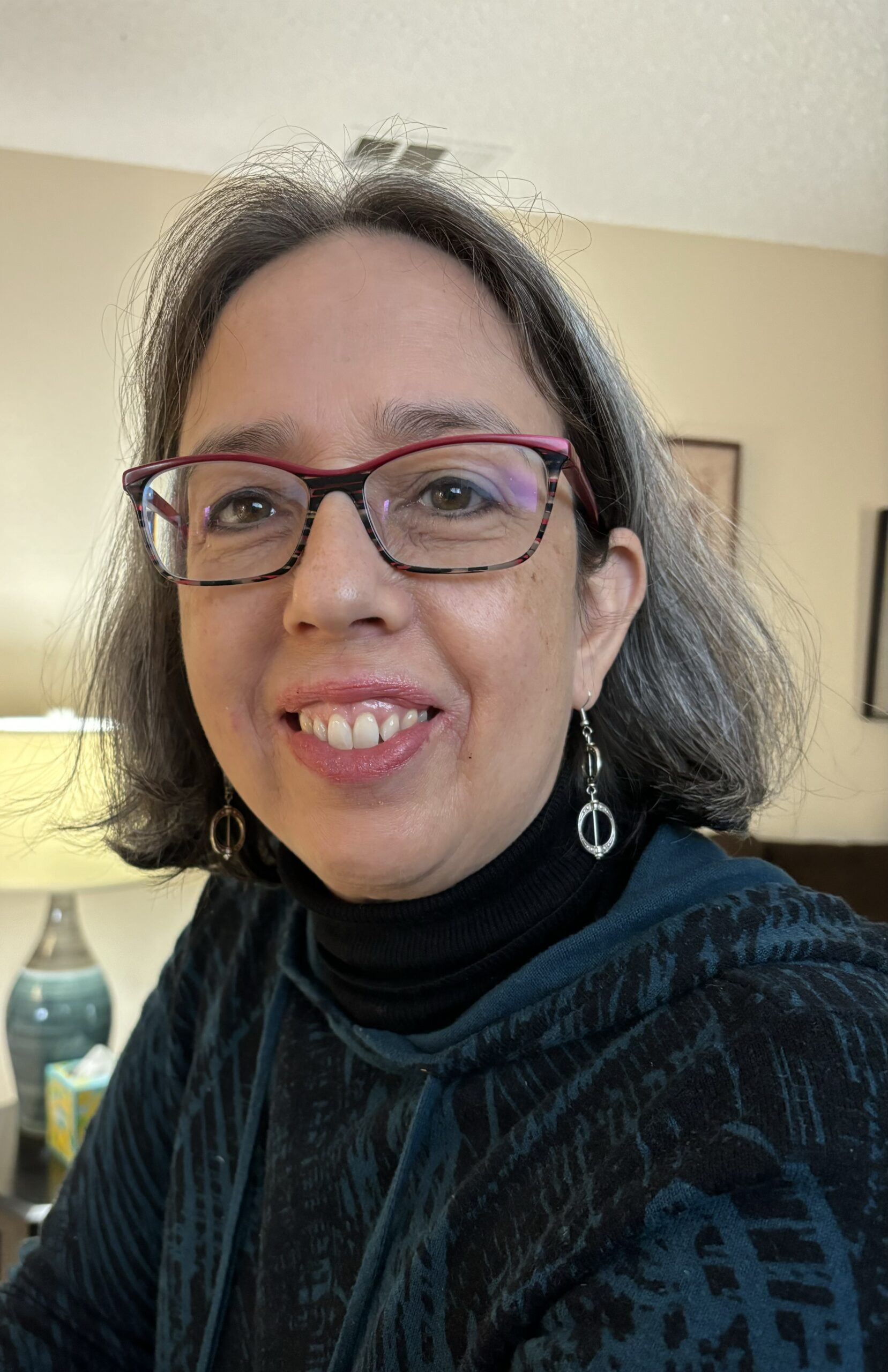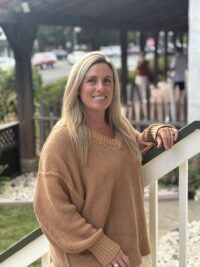Executive and Artistic Director of Sonoma Conservatory of Dance, Patty talks with Anna Pier about her journey in ballet, her work with Restorative Justice, the Sonoma Conservatory of Dance, and … the Masquerade Gala. Tickets at SCDgala.org
Tell us about the Gala on November 14. It will be a magical evening that highlights the creativity of Sonoma youth, with a string quartet from the schools’ ViVO strings program, and performances by our own dancers. It will be elegant and fun – masks are available at the event – including a delicious dinner by renowned local caterer Elaine Bell, her final event, and a chance to show off your dance moves to Funk Fatale to close out the evening.
Your goals? To bring more awareness to SCD”s mission of “nurturing the creative spirit of our community through dance.” We want to raise awareness that we are a nonprofit, interacting with the whole community. And we hope to raise money for our scholarship program to support our community-wide classes. Tickets at SCDgala.org
What’s your background? I was the fifth child of an Appalachian farm boy, who was in the Air Force, and an upper-class Filipina. I was born in the Philippines, and grew up in multicultural Fairfield in our bi-cultural home.
How did you come to ballet? When I was seven, my family took me to The Nutcracker in San Francisco, and legend has it that I tiptoed out of the Opera House. So my parents put me in ballet classes, where for six years the teacher called me “her little Pavlova.” But it turned out that I had learned every bad habit known to ballet, so my father drove me daily to a different studio in Vallejo during high school. You know, someone who cuts hair needs a license in California, but not someone who teaches ballet!
Next … ? I learned about a teacher in Davis from the Royal Ballet Academy. She was kind and had high standards. With her, I did the Royal Academy of Dance exams, and then took teacher training through the Royal Academy and was certified. Because I had had to go through re-training, I understood how much influence the teacher has. I could kill a child’s dream by not teaching properly – for technique, and for support of the student’s confidence. Anyway, I did live my dream of dancing with the Oakland Ballet.
You were really dedicated. Yeah, I have that laser focus. For better or for worse. Against everyone’s opinion, I taught my nine-year-old Downs syndrome nephew to ride a two-wheel bike. I pictured him as an adult still riding a tricycle. I like rooting for the underdogs.
When did you begin teaching? I had started Vallejo Ballet Conservatory in 1993, and then in 2005, I bought the Sonoma Conservatory of Dance that Beth Marie Deenihan had started in 1970. It became a nonprofit in 2017.
What are your traditional performances? Since 2011, in December at the Sebastiani Theatre, we present The Snow Maiden, based on a Russian folk tale with Russian and Georgian influenced dances. In the spring, we do alternating ballets – Appalachian Cinderella, that includes clogging and the Virginia Reel; the Mexican folk tale Por la Luz de la Luna; and the Persian story The Magic Grove.
Talk about BECA. This is a program created by Víctor Ferrer, Director of Quetzalén folklórico, for his students to have the opportunity to study ballet with the Conservatory. Some of those dancers want to continue with ballet, and our scholarship program makes that possible. I have always dreamed of the studio being bicultural.
How did you survive the pandemic? We did online classes for three months, then for 15 months, outdoor classes at the Episcopal Church.
When did you move to Sonoma? In March of 1992, my husband Danny and I, and our six-month old daughter Erin, moved here. It seemed a beautiful place to raise a family.
But tragedy struck. My husband Danny was killed bicycling home from work in Santa Rosa by a drunk driver. I was so angry at the driver. He deprived our daughters Erin and Siobhan of their father. But soon I realized that for the girls’ sake, I had to forgive him. I am very Catholic, so I was inspired by Jesus, and also by Gandhi. My daughters wrote a victim impact statement that was read at the sentencing hearing. The driver, Albertson, read a statement in tears. His remorse seemed sincere. Eight-year-old Siobhan told me she wanted to meet him. I learned about Restorative Justice, and visited Albertson in San Quentin many times. When she was 18, Siobhan was allowed to visit him.
What is Restorative Justice? Restorative justice brings together people who have been harmed and those responsible for causing that harm. Through a voluntary, collaborative and victim-centered process, they come up with ways to address the harm done. To me, it means the full application of justice, nothing more and nothing less. I might also call it Participatory Justice because it allows the survivor to have a role that is more than five minutes at the sentencing hearing. Restorative justice practices are used in a variety of settings — from neighborhoods to schools to the criminal legal system.
Can you explain how you integrate restorative justice in your teaching? Here’s an example. In ballet, we point our feet in almost everything. So instead of approaching this as something to do to be good at ballet, I want them to do it to have integrity to the activity they are doing. I’m not doing it for the outcome of getting good dancers – but it does. I do it to teach accountability. In restorative Justice, people take accountability for their actions.
Final thoughts for our readers? I hope you all come out to our first fundraiser, the Gala Masquerade. We are creating a beautiful event, and a delightful evening. Proceeds will support the studio, including expanding our scholarship program.
Tickets for the November 14 event at SCDgala.org






Be First to Comment